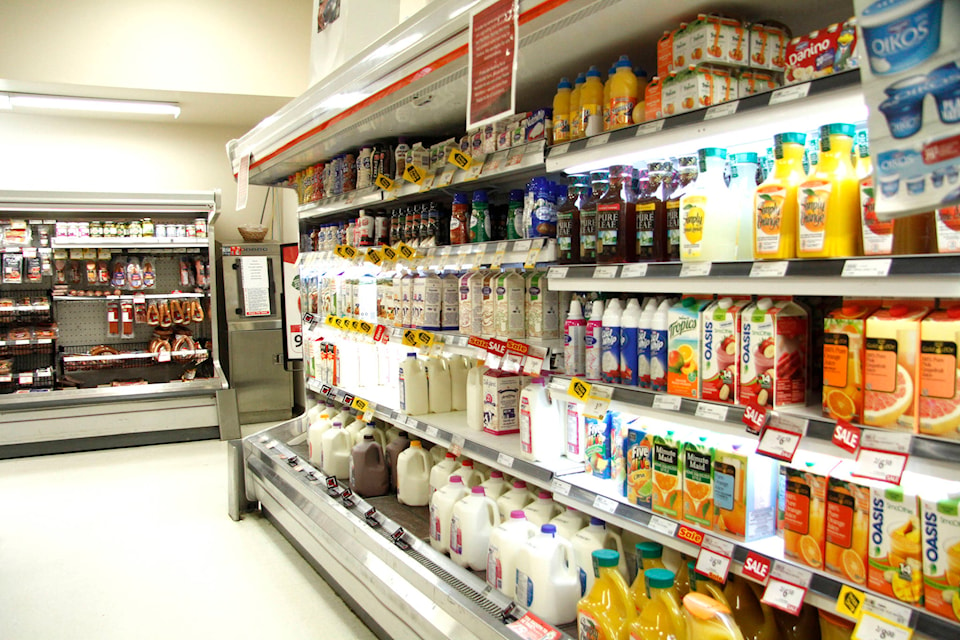Positive profit predictions will likely remain despite the recent expansion of foreign product offerings in the Canadian dairy sector.
That’s part of the 2019 industry outlook provided by Farm Credit Canada (FCC) and its chief agricultural economist J.P. Gervais.
Although, any success will depend on the outcomes of two stories in 2019 — butter fat demand and trade.
“Society is trending more toward natural fats and that has consumers wanting more of the butter fats, a trend expected to still be significant throughout 2019,” Gervais explained.
Last year, an over-supply of butter fat forced producers to put the brakes on in the last half of year; while butterfats will still see growth, it is expected to be around two per cent.
What that has created is a bit of a surplus and couple the extra butter fat with world prices of dry skim milk, gains are expected to be limited.
“It’s a different environment now for producers of more value, more production and a business driven by favourable prices and growing revenues,” he noted. “But is now being more driven by growth in revenues from production and tight margins.”
RELATED: Low strength of loonie to help poultry producers
Those profit margins are expected to stay around $1 per 100 litres — for eastern milk (Ont., Que., N.S., N.B., P.E.I.) — while western milk is expected to be in the $5 per 100 litres range. The latter is due to a balance of fluid and industrial milk in the western pool.
Gervais added the present surplus of non-fat solids across the country along with low world dry skim milk pricing slated to continue through 2019, any possible gains in milk prices are certain to be limited.
Another pressure on producers is the anticipated average two per cent rise in production costs this year.
“While customer demand will still grow, all of these factors will keep production growth to less than two per cent,” he added.
‘Free’ trade
With new trade deals — Comprehensive and Progressive Agreement for Trans-Pacific Partnership and the revamped North American Free Trade Agreement — coming to fruition in 2019, Canada’s diary sector will likely see a cut in growth that’s been experienced over recent years.
It’s estimated there could be upward of 8,000 metric tonnes of European cheese imported in 2019 — amounting to one per cent of Canadian production — while U.S. imports will gradually increase in volumes depending on when the deal is ratified.
READ MORE: Loonie, trade will have affect on Canadian agribusiness
However, supplies from overseas could be interrupted by both weather and potential feed shortages. Dry conditions down under are leading to lower production levels, and an extended drought has left producers without enough grain for the animals.
“With more imported dairy products coming from places like New Zealand and Australia as well as when NAFTA 2.0 comes into force with dairy later this year, it’s really hard to say just how much effect that will have,” Gervais explained.
“That said, 2019 will be a good year to seek efficiency gains by working to reduce the ratio of operating costs relative revenues. A proper financial risk evaluation will be especially important with possible rising interest rates.”
This is the third of seven in a series looking at the agricultural sector for Canadian producers.
jordie.dwyer@ponokanews.com
Like us on Facebook and follow us on Twitter
